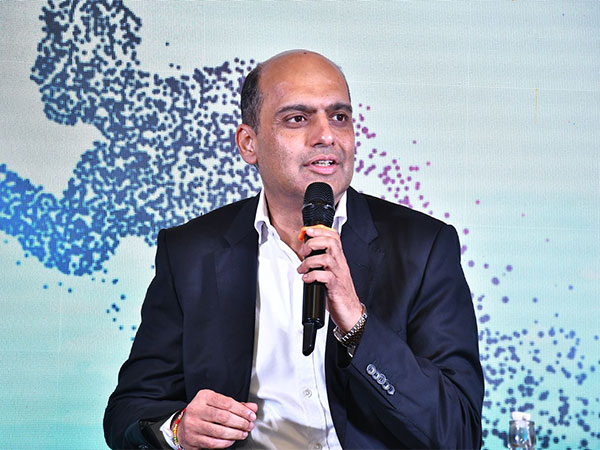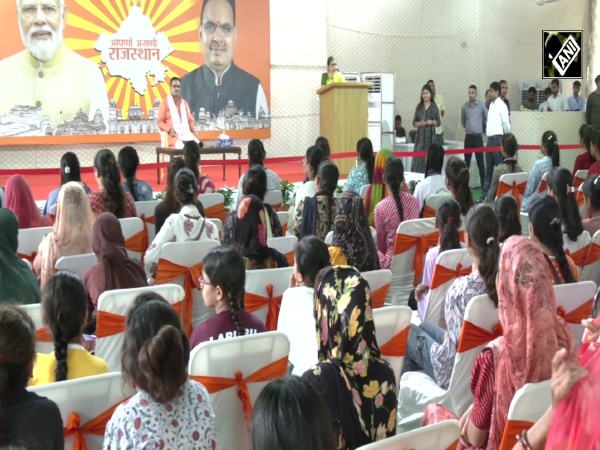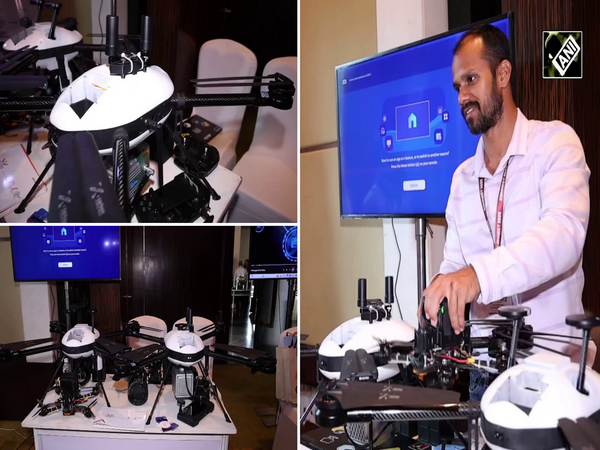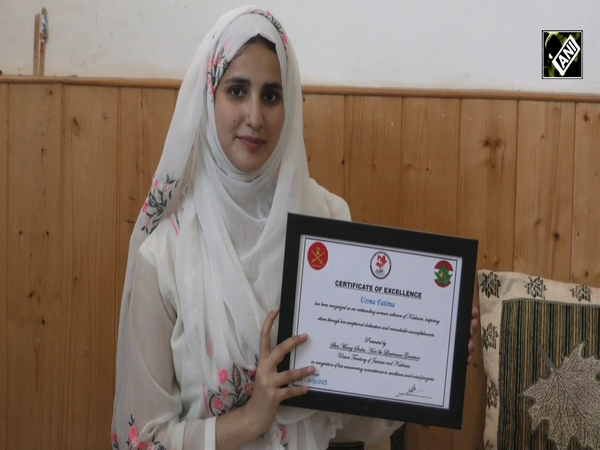Study suggests reducing biases about autism may increase social inclusion
Feb 08, 2021

Dallas [US], February 8 : Psychology researchers at The University of Texas at Dallas have been focusing on a unique approach in efforts to improve the social success of autistic adolescents and adults, promoting understanding and acceptance of autism among non-autistic people.
The researchers published their findings online in the journal Autism. The study showed that familiarizing non-autistic people with the challenges and strengths of autistic people helped to reduce stigma and misconceptions about autism, but implicit biases about autism were harder to overcome.
Desiree Jones, a psychology doctoral student in the School of Behavioral and Brain Sciences (BBS), is the corresponding author of the paper, and Dr. Noah Sasson, associate professor of psychology, is the senior author.
Autism is characterized by differences in thinking, sensing, and communicating that can make interaction and connection with non-autistic people difficult. Some autistic people are nonspeaking and need a lot of support in their everyday lives, while some are highly verbal and need less support. Jones' work focuses specifically on the experiences of autistic adults without intellectual disability.
"Previous work in our lab has shown that autistic people are often stereotyped as awkward and less likeable," Jones said.
"Some might think that autistic people don't want friends or don't want to interact with people. We want to combat those ideas."
Promoting autism knowledge among non-autistic adults represents a shift in philosophy about how to improve the social experiences of autistic people. Jones explained that this tactic borrows from research on race and ethnicity.
"Targeting autistic behavior places the burden of social exclusion on autistic people when we should really be challenging the attitudes that lead others to stigmatize autistic behaviors," she said.
"Research on race suggests that people who have racial biases tend to view that race as a monolith, assigning every member the same features. By exposing them to different people from the group, you can challenge those stereotypes. We believe the same principle applies to autism."
The study participants -- 238 non-autistic adults -- were split into three groups. One group viewed an autism acceptance video originally developed as a PowerPoint presentation by researchers at Simon Fraser University in British Columbia in collaboration with autistic adults. Jones updated it and had narration added. The second group watched a general mental health training presentation that didn't mention autism, and the third received no training at all. Participants then were tested on their explicit and implicit biases about autism.
"The autism video presents autism facts and promotes acceptance. It gives tips on how to befriend an autistic person and talk to them about their interests," Jones said. "It also discusses things to avoid, such as sensory overload and pressuring them into engaging."
Subsequent testing of explicit biases included capturing first impressions of autistic adults in video clips, measuring participants' autism knowledge and stigma, and gauging their beliefs about autistic functional abilities. Implicit biases also were examined, gauging whether participants unconsciously associate autism with negative personal attributes.
As anticipated, the autism acceptance training group demonstrated greater understanding and acceptance of autism on the explicit measures, including expressing more social interest in autistic adults and resulting in more positive first impressions. However, participants continued to implicitly associate autism with unpleasant personal attributes regardless of which training they experienced.
"Explicit biases are consciously held, evolve quickly and are constrained by social desirability," Sasson explained. "Implicit biases reflect more durable underlying beliefs -- associations reinforced over time that are more resistant to change."
Many of the stubborn stereotypes about autism are reinforced by portrayals in the media, whether from TV shows like "The Good Doctor" or movies like "Rain Man."
"A common trope exists of the white male autistic person with savant abilities," Jones said. "They are really smart but very socially awkward. They can be portrayed as flat or without emotion or passion. These beliefs can be harmful and do not reflect how variable these characteristics are among autistic people. They belie the range of unique difficulties and skills that autistic people can have.
"There's a saying that if you've met one autistic person, you've met one autistic person. The community varies so much in individual needs, strengths and difficulties that there's not a very useful prototype. So getting to know actual people and getting away from preconceptions can hopefully help us improve social outcomes for the autistic community."
Jones said that autistic individuals themselves are integral in plotting the path forward.
"Autistic people often feel that they simply aren't listened to, that they are dismissed or not cared about," she said. "A big part of being welcoming is simply acknowledging actual autistic people telling us what they like and what they want research to be. In our lab, we have several autistic master's and undergraduate students who play a big role in our research, and they've taught me a lot."
Sasson described the results as promising and indicative of the promise of well-done training, although the staying power of such effects remains unclear.




















